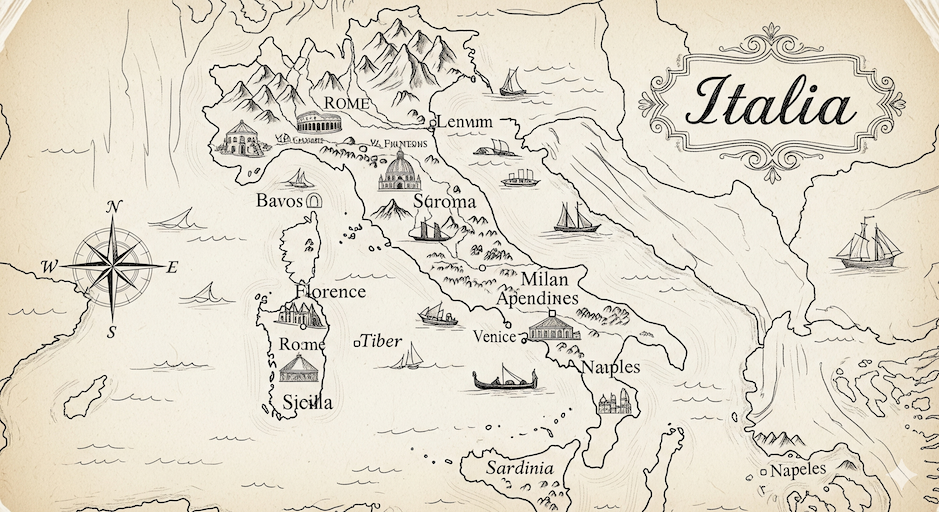
Learn about Venice
AI is finding the best recommendations for you, it may take minutes...
15 of the best things to do in Venice, Italy
A concise, practical roundup from Lonely Planet covering top sights (Doge’s Palace, Grand Canal, Rialto Market), local tips (cicchetti, vaporetto use), nearby islands (Murano, Burano), and planning advice for tides, accessibility, and timing to avoid crowds.
Making Venice Magic — Rick Steves' Travel Blog
Rick Steves' personal travel-piece mixing practical guidance and evocative anecdotes: highlights of Venice’s atmosphere, recommended neighbourhoods, value lodging and eating tips, plus advice on pacing visits to see both major sights and quieter local corners.
Venice Budget Travel Guide (Updated 2025)
Nomadic Matt’s long-form guide focused on budget-minded travelers: suggested itineraries, cost-saving tips, where to eat and sleep affordably, and practical transport advice for getting around Venice and to nearby islands.
Discover the Top Sights to See in Venice: How to See it All With an Expert
Walks of Italy’s blog entry (Venice tag) oriented toward first-time visitors and day-trip planning: key monuments, recommended walking routes, expert-curated sightseeing order and tips for pairing major attractions into efficient visits.
25 things to do in Venice, Italy
An illustrated list-style blog that covers classic Venice experiences (St. Mark’s, gondolas, markets), practical transport tips (ACTV passes, vaporetto), and island day trips, aimed at helping travelers prioritize activities across short stays.
St. Mark’s Basilica (Basilica di San Marco)
Doge’s Palace (Palazzo Ducale)
Rialto Bridge (Ponte di Rialto)
Grand Canal (Canal Grande)
Bridge of Sighs (Ponte dei Sospiri)
Gondola or Traghetto ride on the Grand Canal
Visit St. Mark’s Basilica and Piazza San Marco
Doge’s Palace and the Bridge of Sighs
Rialto Market and a food walking tour
Murano & Burano island half- or full-day trip
AI is finding the best recommendations for you, it may take minutes...
